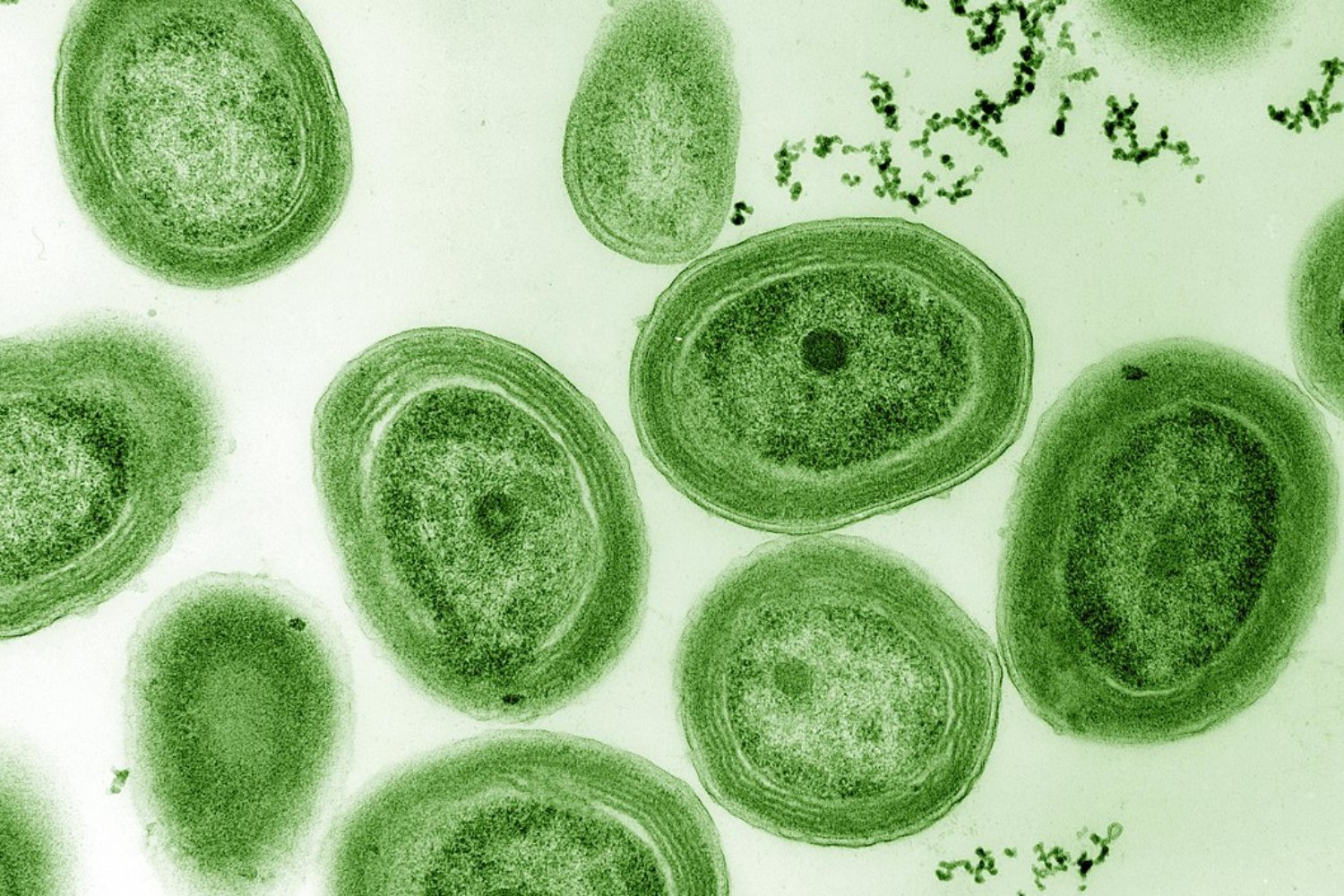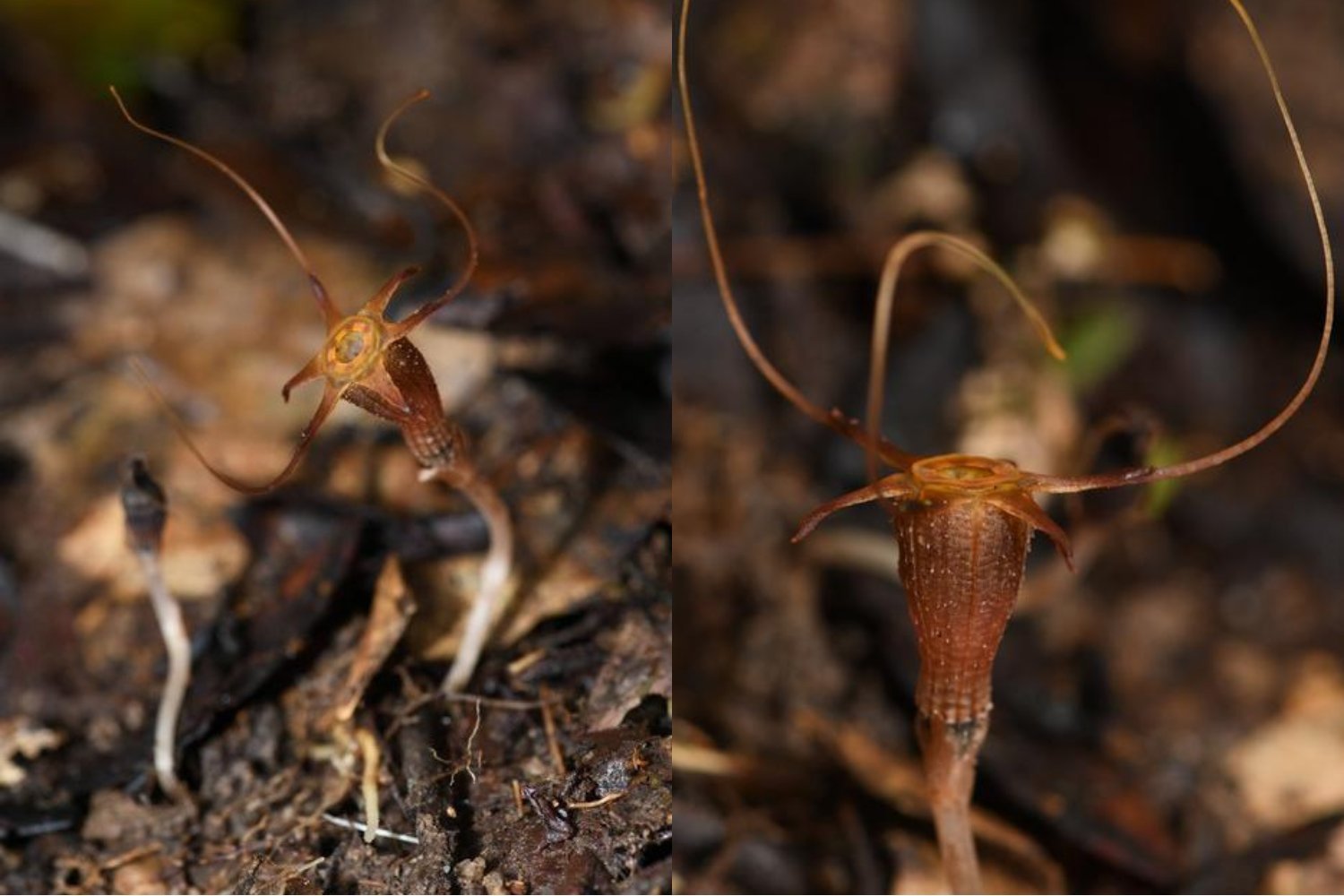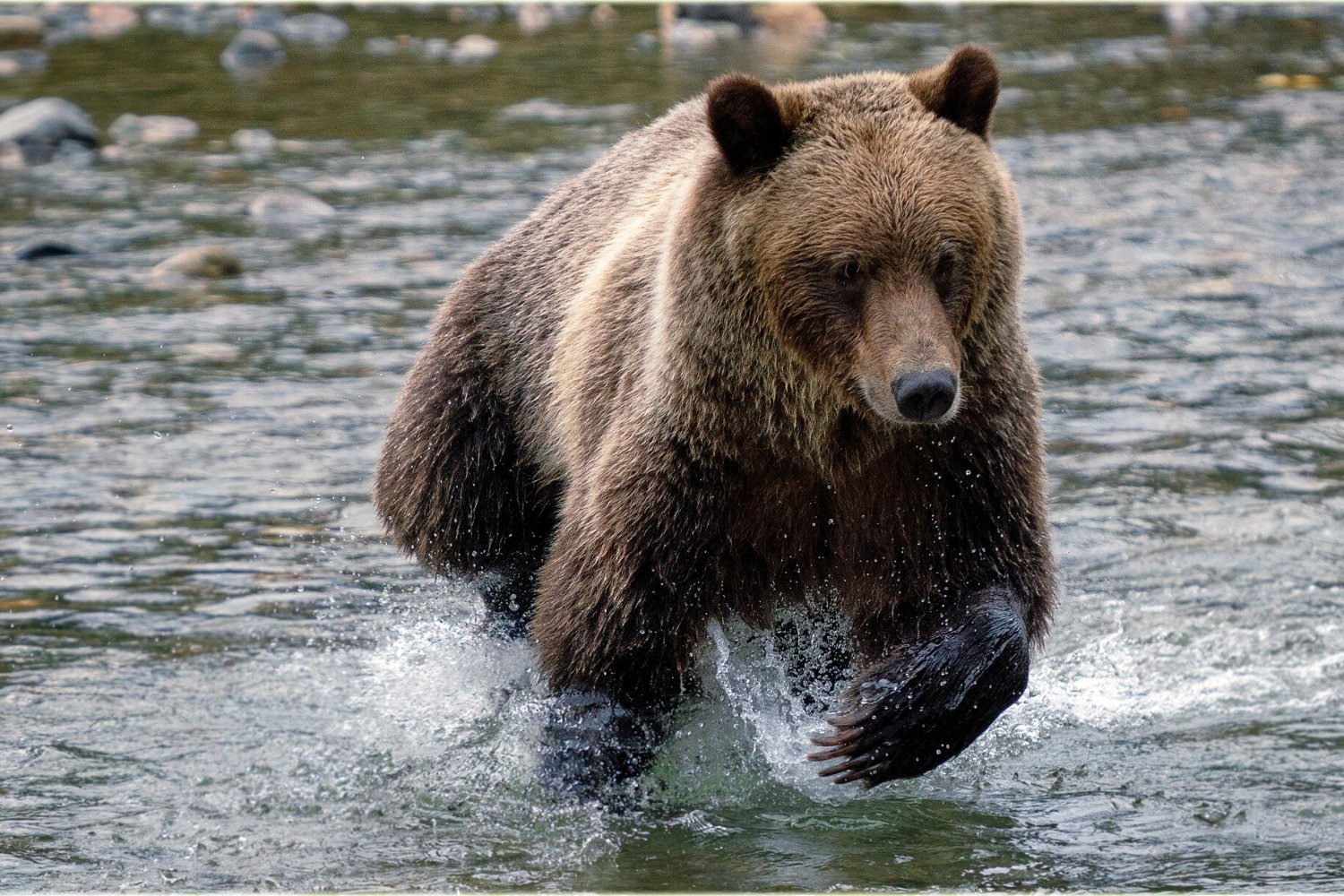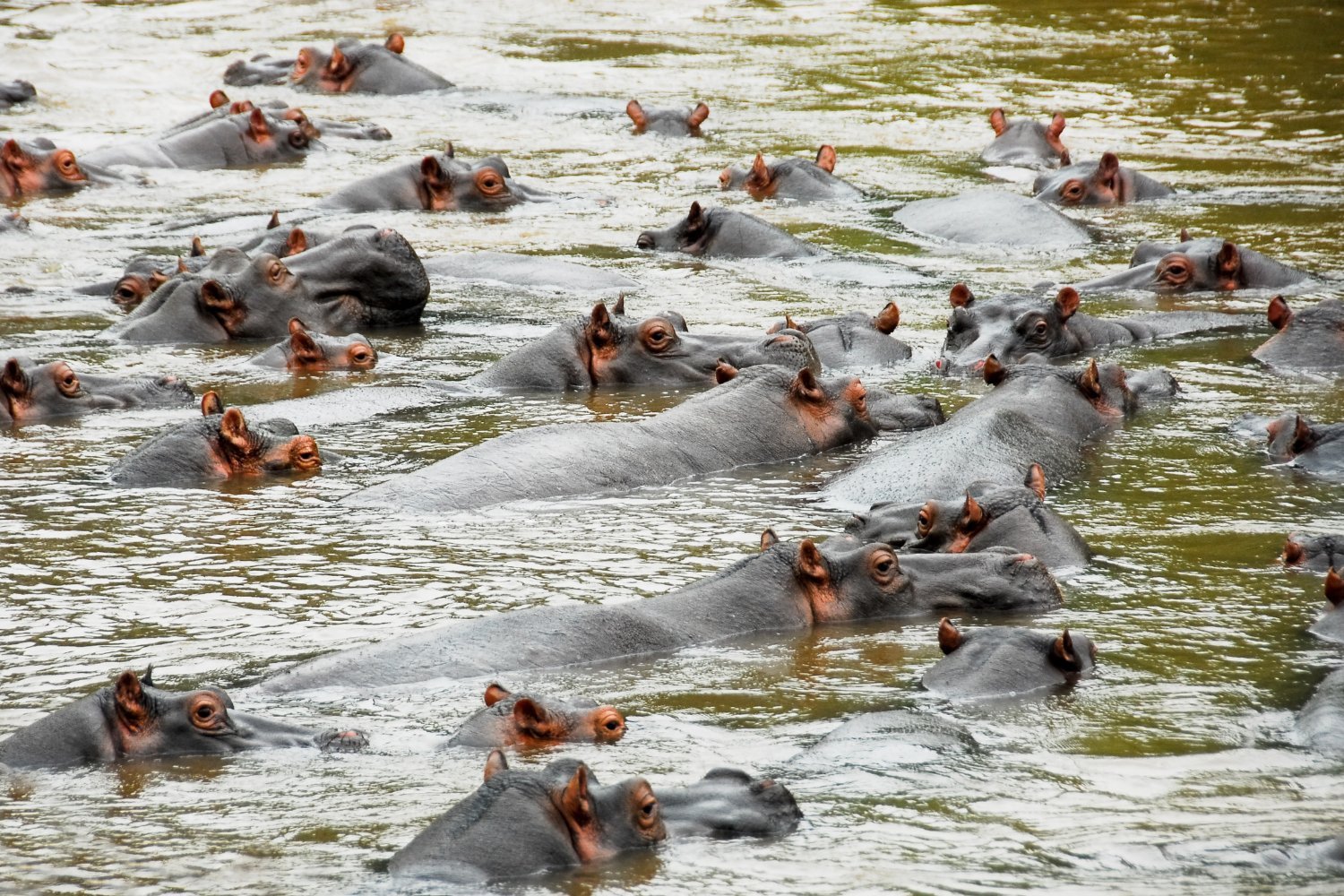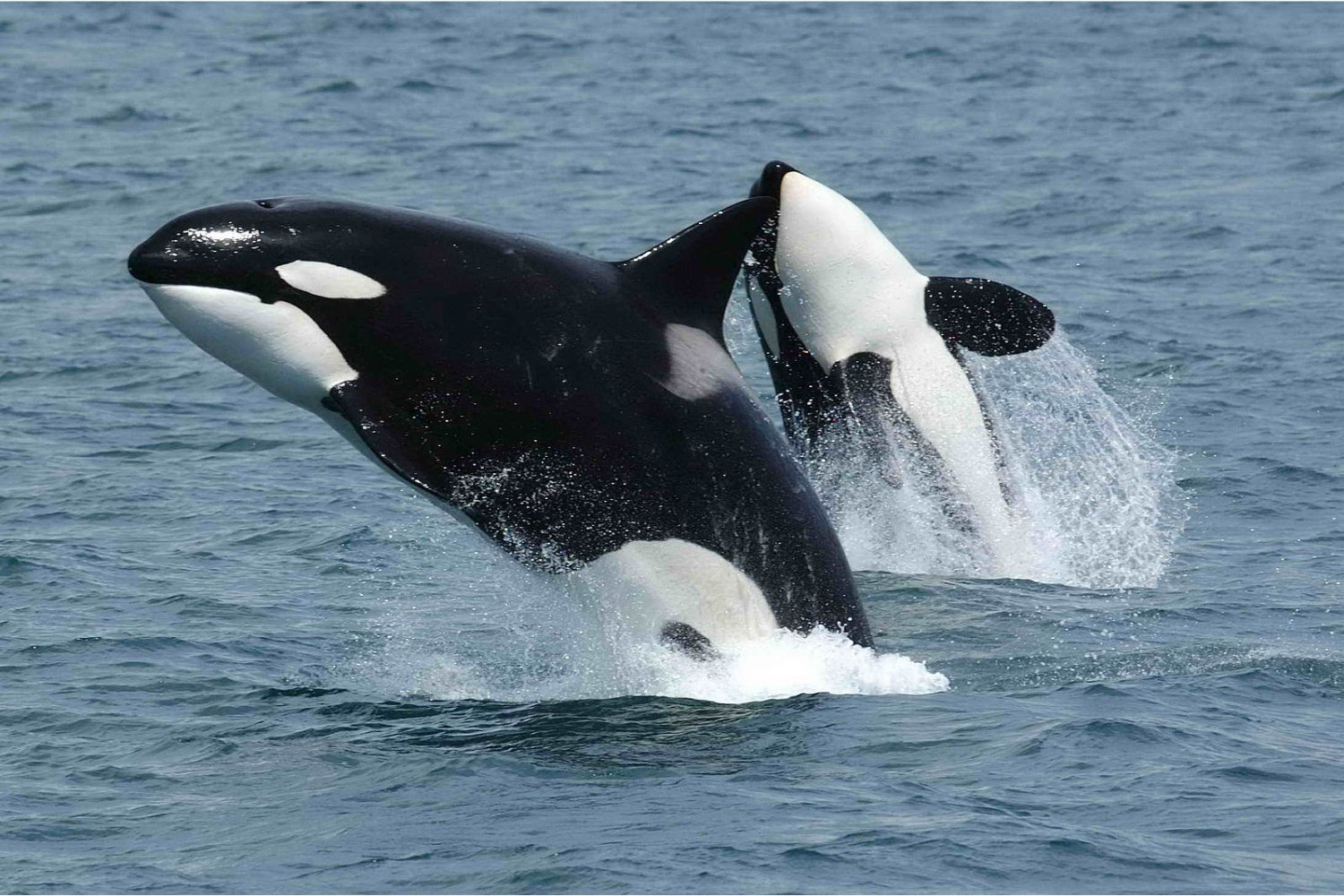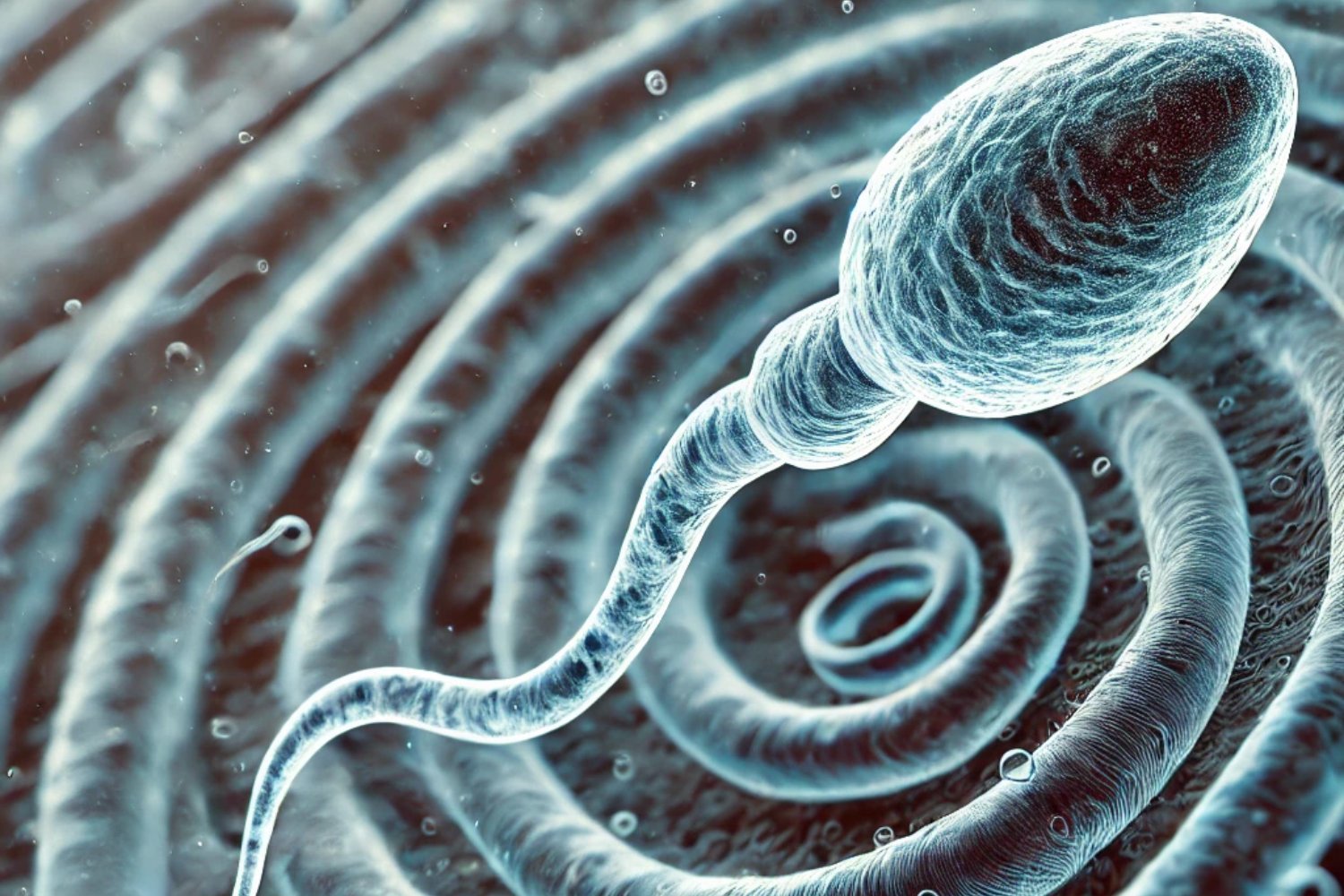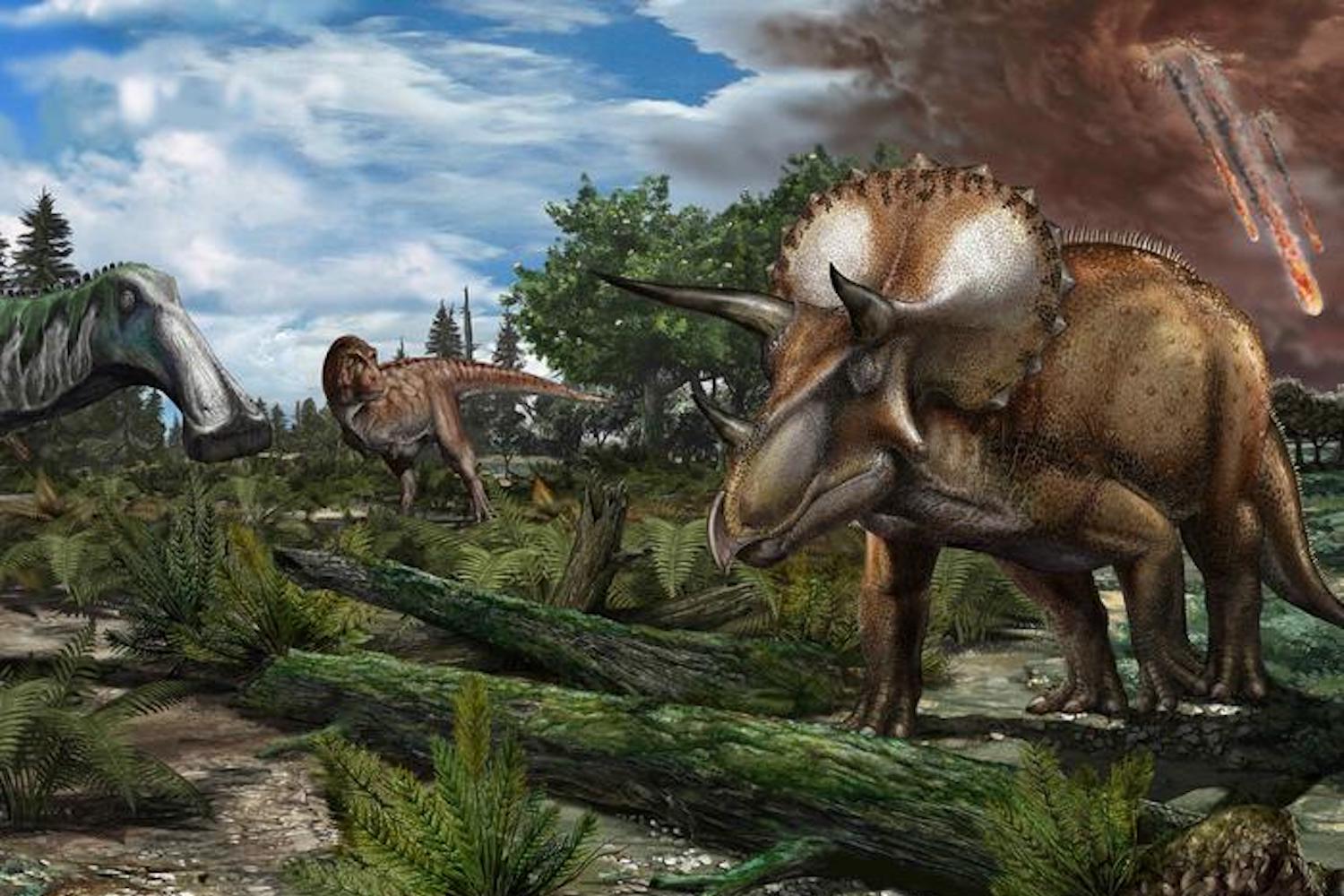Oxygen, comprising approximately 21% of Earth’s atmosphere, wasn’t always so abundant. Around 2.7 billion years ago, cyanobacteria, photosynthetic aquatic bacteria, evolved and started releasing oxygen into the oceans. This led to the Great Oxidation Event (GOE) between 2.4 and 2.1 billion years ago, gradually enriching the atmosphere with oxygen. However, recent research challenges the conventional understanding of life before the GOE, suggesting that aerobic (oxygen-dependent) bacteria might have existed much earlier.
A new study published in Science reveals groundbreaking insights into the evolution of early life. An international team of researchers reconstructed the evolutionary tree of one of Earth’s earliest life forms, bacteria, indicating their adaptation to oxygen long before its atmospheric prevalence. This challenges the previous belief that most life prior to the GOE was anaerobic, meaning organisms surviving without oxygen.
The researchers employed a multidisciplinary approach, analyzing geological records, fossil evidence, and over 1,000 diverse bacterial genomes. They used phylogenetic reconciliation, comparing the histories of closely related life forms, along with computer modeling, to construct a comprehensive evolutionary tree. Their findings suggest that the last common ancestor of modern bacteria likely existed between 4.4 and 3.9 billion years ago.
This combined methodology of integrating genomic data, fossil records, and Earth’s geochemical history offers a clearer understanding of evolutionary timelines, particularly for microbial groups lacking a substantial fossil record, as explained by Gergely Szöllősi, an evolutionary biologist from the Okinawa Institute of Science and Technology Graduate University and a co-author of the study.
The research indicates the emergence of some aerobic bacteria around 3.22 to 3.25 billion years ago, predating the GOE. These bacteria likely represent the ancestors of cyanobacteria, suggesting they developed the ability to metabolize small amounts of oxygen before photosynthesis evolved. This implies that oxygen adaptation played a vital role in the evolution of cyanobacteria’s photosynthetic capabilities, consequently influencing Earth’s atmospheric transformation during the GOE.
According to Tom Williams, a computational evolutionary biologist from the University of Bristol and co-author of the study, this research approach effectively studies the spread of aerobic metabolisms and could potentially be applied to explore the emergence and interaction of other traits with Earth’s changing environment across geological time. This study emphasizes the significant role of billions of years of microbial activity in shaping the atmosphere we experience today.



